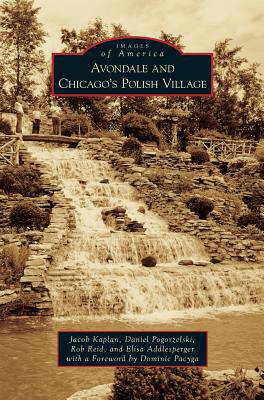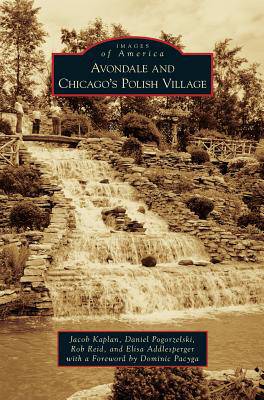
- Afhalen na 1 uur in een winkel met voorraad
- Gratis thuislevering in België vanaf € 30
- Ruim aanbod met 7 miljoen producten
- Afhalen na 1 uur in een winkel met voorraad
- Gratis thuislevering in België vanaf € 30
- Ruim aanbod met 7 miljoen producten
Zoeken
€ 34,95
+ 69 punten
Uitvoering
Omschrijving
Home to Chicago's Polish Village, impressive examples of sacred and industrial architecture, and the legendary Olson Waterfall, Avondale is often tagged as "the neighborhood that built Chicago." Images of America: Avondale and Chicago's Polish Village sheds light on the little known history of the community, including its fascinating industrial past. From its beginnings as a sleepy subdivision started by a Michigan senator, it became a cultural mecca for Chicago's Polish community, playing a crucial role in Poland's struggles for independence. Other people also called Avondale home, such as Scottish proprietors, African American freedmen, Irish activists, Swedish shopkeepers, German tradesmen, Jewish merchants, Filipino laborers, and Italian entrepreneurs; a diversity further enriched as many from the former Soviet Bloc and Latin America settled here. As in other Chicago neighborhoods, change is the one constant, as the arts have brought a renaissance to this working-class corner of the city.
Specificaties
Betrokkenen
- Auteur(s):
- Uitgeverij:
Inhoud
- Aantal bladzijden:
- 130
- Taal:
- Engels
Eigenschappen
- Productcode (EAN):
- 9781531668853
- Verschijningsdatum:
- 21/07/2014
- Uitvoering:
- Hardcover
- Formaat:
- Genaaid
- Afmetingen:
- 170 mm x 244 mm
- Gewicht:
- 412 g

Alleen bij Standaard Boekhandel
+ 69 punten op je klantenkaart van Standaard Boekhandel
Beoordelingen
We publiceren alleen reviews die voldoen aan de voorwaarden voor reviews. Bekijk onze voorwaarden voor reviews.











